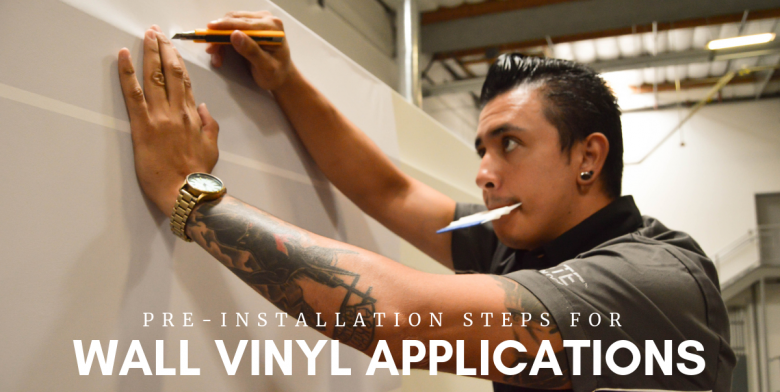Wall graphics provide a great opportunity to increase your sign shop’s revenue; they’re mostly straightforward, the surfaces are relatively flat, and they are faster to apply compared to a vehicle wrap. But what about high tack wall films? Unlike other wall films, the tack of these films can create a unique set of challenges. The […]
Registering vinyl graphics can make applying multiple panels across a large graphic laborious. The good news is, we’re here to make your life easier! Today, we’re covering the fundamentals for registering vinyl graphics from creating the perfect registration mark to removing the liner. Here is it, our Basic Guide to Registering Vinyl Graphics. Key Terms […]
With ease of application and the ability to turn a plain wall into a memorable display, digital printable vinyl has become the new decorating trend for interior and exterior walls. Wall installation may seem straight forward, but wall graphics come with a unique set of challenges. Take the below pre-installation steps into account to help […]


